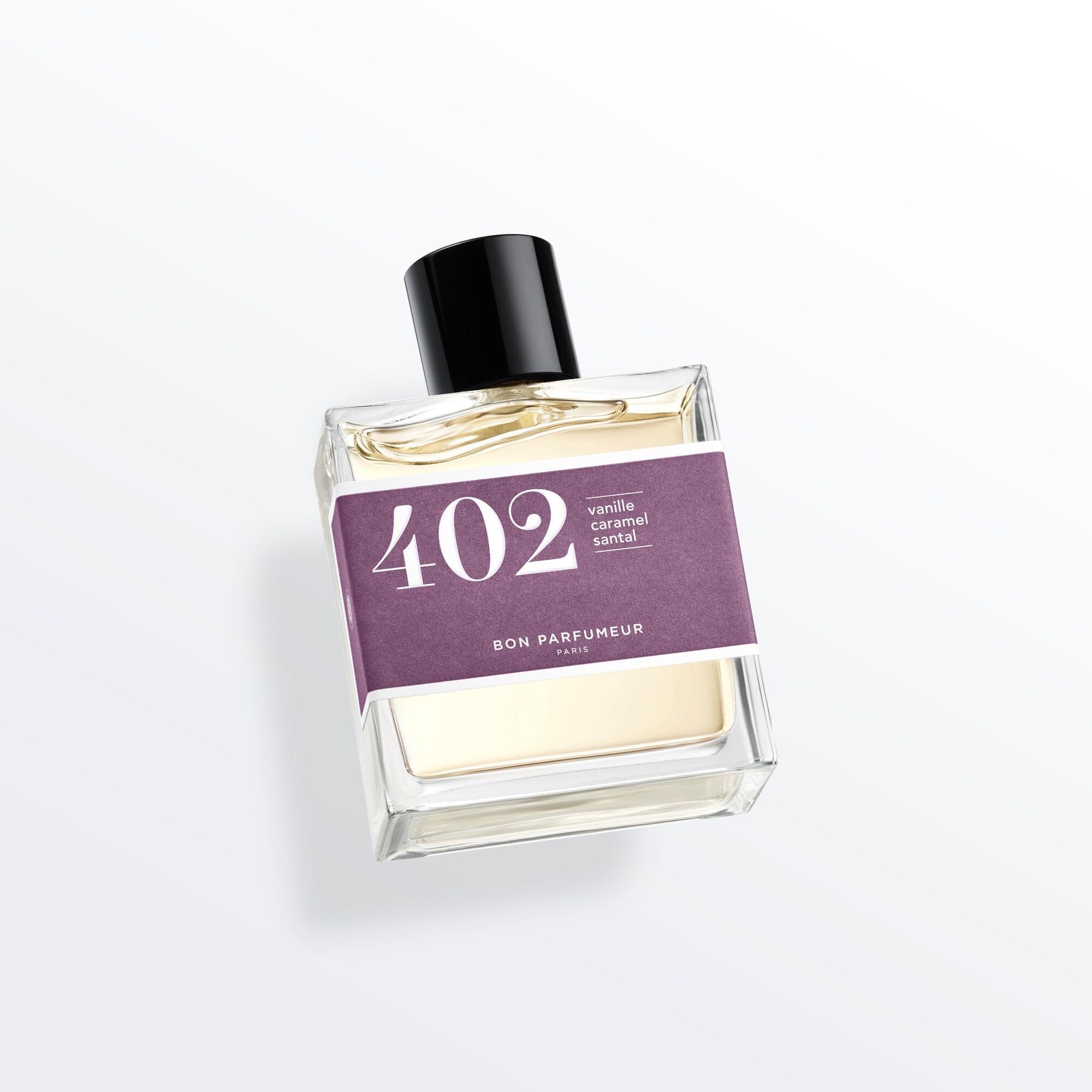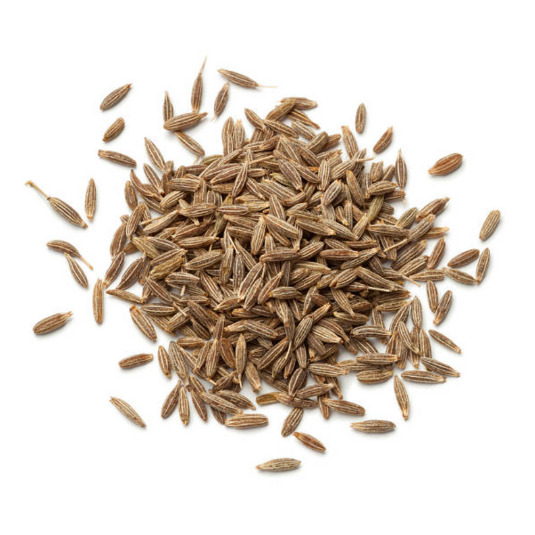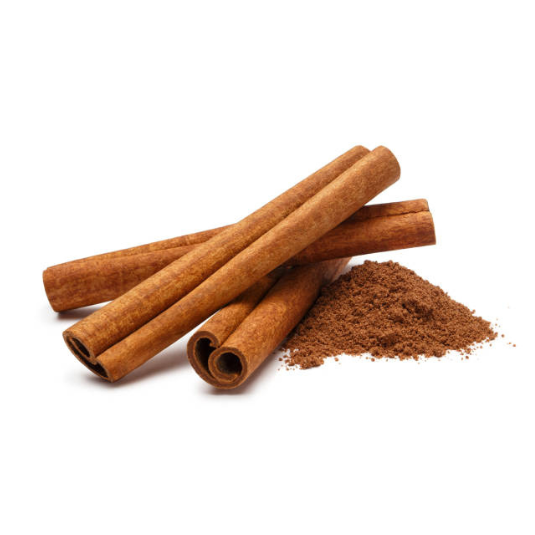What does the word cumin mean ?
Cumin is a versatile spice known as "jeera" in Hindi. With its roots tracing back to the Middle English "comin," the Latin "cuminum," and the Greek "kuminon," cumin has etched its aromatic presence across global cuisines. Derived from the plant Cuminum cyminum, this humble yet extraordinary spice invites you to explore its rich history and tantalizing flavors.
In the beginning…
Cumin's historical journey takes us back to ancient civilizations and the bustling spice trade routes. This prized spice has been cherished for its unique flavor and medicinal properties for thousands of years, leaving a lasting imprint on culinary traditions worldwide. From its early usage by ancient cultures to its enduring popularity in modern kitchens, cumin has stood the test of time as a beloved and versatile ingredient.
The exact origins of cumin are shrouded in the mists of time, but it is believed to have originated in the eastern Mediterranean region or the Middle East. Its cultivation dates back millennia, with evidence of its use in ancient Egypt, Greece, and Rome. The popularity of cumin spread like wildfire, traversing borders and continents as it captivated the palates of diverse cultures. Today, cumin is cultivated in various countries across the globe, with notable production centers in India, Iran, China, and Mexico
Cumin cultivation
Cumin thrives in the embrace of hot, arid climates, where it flourishes under the blazing sun. This hardy herbaceous plant demands well-drained sandy loam or loamy soils to unleash its full potential. To ensure optimal growth, cumin seeds are typically sown directly in the field during the spring or early summer months, allowing them to bask in the warmth and ample sunshine. As the plant matures, it gracefully adorns the landscape with delicate green foliage and clusters of tiny flowers, ultimately yielding the beloved aromatic seeds that have captivated palates for centuries.
Major cumin-producing regions include India, Iran, Syria, Turkey, China, and Egypt. India is the largest producer and exporter, with Gujarat, Rajasthan, and Uttar Pradesh being significant cultivation areas. Other notable regions are Iran's Kerman and Yazd provinces, Turkey's Mardin and Şanlıurfa, and China's Xinjiang and Gansu.
Cumin seeds are treated before sowing and planted at a shallow depth of 1-2 cm. Proper spacing of 15-20 cm allows for optimal growth and the plants take around three to four months to mature.
Cumin develops through stages of seed germination, vegetative growth, flowering, seed formation, maturation, harvesting, drying, processing, and packaging. It requires suitable environmental conditions and undergoes seedling emergence, flower formation, and seed ripening before being collected, processed, and distributed for use.
Once mature, cumin plants are harvested either by hand or by using a machine. Cumin plants are uprooted when they turn yellow, and the entire plant is dried in the sun.
Cumin is harvested by cutting the seed heads from the plants once they have dried completely. Threshing methods are used to separate the seeds from the stems, followed by cleaning and storage for use.
What do you know about cumin in perfumery ?
In the realm of perfumery, cumin undergoes a meticulous process of treatment and transformation to unlock its captivating aromatic qualities. Through methods such as steam distillation or solvent extraction, cumin seeds are carefully processed to extract their precious essential oil. This oil serves as a valuable ingredient in the creation of fragrances, adding depth, complexity, and a touch of intrigue to olfactory compositions.
To create a cumin perfume, high-quality cumin seeds are sourced, and the essential oil is extracted using steam distillation. The cumin oil is then blended with other essential oils and fragrance notes to create a unique and appealing scent. After aging, the perfume is bottled and packaged in a container.
The scent of cumin is an intriguing tapestry of warm, earthy, and spicy notes that delight the senses. Its aromatic profile is characterized by a distinct pungency, reminiscent of black pepper, with a subtle bitterness that adds depth and complexity. The smell of cumin carries a robust, infused with hints of zesty citrus and a delicate undercurrent of sweetness. This unique combination of aromatic elements lends cumin its unmistakable and memorable scent, making it a cherished ingredient not only in the culinary realm but also in the realm of perfumery, where it adds an alluring and captivating touch to fragrances and perfumes.
The benefit of cumin in perfumery extends beyond its ability to promote relaxation. Cumin's warm and spicy scent adds depth and complexity to fragrances, making it a versatile ingredient in perfumes. Its distinctive scent can evoke a sense of intrigue and allure, making it an excellent choice for creating captivating and memorable olfactory experiences.
In perfumery, cumin is often used strategically in different accords to create a desired olfactory effect. It can be added to the top notes of a fragrance to provide an initial burst of spice and pungency. Alternatively, it can be incorporated into the heart or middle notes to add warmth and depth to the composition. Cumin is also commonly found in base notes, where it can contribute to a long-lasting and lingering scent. Its unique olfactory profile blends well with other ingredients, particularly in ambery, spicy, and aromatic fragrances, where it harmonizes with other exotic and sensual notes, creating a captivating and memorable scent experience.
Interesting fact!
Cumin offers potential health benefits such as aiding digestion, reducing inflammation, providing antioxidants, supporting blood sugar control, assisting in weight management, improving respiratory health, and being a nutrient-rich spice.
Cumin also has antibacterial and anti-inflammatory properties that make it a valuable ingredient in skincare products. It can help to soothe and heal the skin, making it a popular ingredient in moisturizers and other skincare products.
Cumin has multiple uses across various domains. It is a versatile spice in culinary applications, finding its place in kitchens worldwide. It aids digestion in herbal remedies and is utilized in Ayurveda, the traditional Indian holistic healing system. Cumin oil finds application in cosmetics and aromatherapy practices. It is also used as a note in perfumes and home fragrances and holds cultural significance in many societies.
Mythical perfumes with cumin...
Cumin plays a role in adding a spicy and aromatic touch to several fragrances:
• In L'innommable by Serge Lutens, cumin combines with various notes to create a distinctive aroma. It includes spicy notes such as cinnamon, clove, and nutmeg, which add warmth and depth to the fragrance.
• Déclaration by Cartier is an iconic fragrance released in 1998, crafted by perfumer Jean-Claude Ellena. This scent celebrates masculinity and passion, combining spicy and woody elements to create a memorable olfactory experience. The distinctive note of cumin brings warmth and sensuality, harmoniously intertwined with spices like cardamom and cinnamon, evoking allure and sophistication. With rich cedarwood, vetiver, and birch undertones, the fragrance leaves a captivating and seductive trail.
• Femme by Rochas, introduced in 1944 and crafted by perfumer Edmond Roudnitska, is a classic floral chypre fragrance exuding timeless elegance. Cumin plays a significant role, adding complexity and depth to the spicy character, complemented by cloves and coriander. The heart showcases a beautiful bouquet of jasmine, rose, and ylang-ylang, while the chypre base with oakmoss, patchouli, and amber provides a timeless foundation.
If you haven't delved into the realm of cumin perfumes, now is the perfect moment to unveil this enchanting olfactory experience. Explore the harmonious interplay of cumin with other notes and let its aromatic prowess transport you to a realm of sensory delight!















